We are thrilled to bring you the first dispatch of a Salish Voyager in the wild! When Fredrik and Nancy first heard about our new Salish Voyager, they knew it was their dream boat for the year-long Alaskan adventure they always wanted to take. Check out their first report with some incredible photos of the Salish Voyager doing the thing it was made to do!
My husband photographer Fredrik Norrsell and I are getting ready to leave on an expedition that has been in the works for years, and on our minds for our entire lives. What was at first a vague desire: to live a year in the wild, to immerse ourselves in nature, to consume little other than what the immediate area has to offer, to tread lightly on the planet — is now a fully formed expedition.
We plan to go slow, deeply experience the places we visit, and if all goes remarkably well to row and sail from Haines Alaska to the Pacific Northwest over the course of the next 16 months or so.
We chose the Salish Voyager, Gig Harbor Boat Works’ new expedition rowing and sailing boat for our expedition.
Fredrik and I rowed our first Gig Harbor boat, the Jersey Skiff, in the fall of 2019. The Salish Voyager was at that time little more than a twinkle in Falk’s eye. When Falk heard our expedition plans, he let us know that Gig Harbor Boatworks had a boat in the planning stages that just might fit our desire for an expedition boat we could row, sail and beach land. A year or so later, we decided the Salish Voyager was the boat for us. By November of 2020, a lot of hard work on the part of Gig Harbor Boat Works had the second Salish Voyager ever built on the ferry to Haines Alaska.
Unfortunately, a world gone pandemic prohibited us from meeting our new boat until early June.
But….we are here now. The days are busy and full of learning. It’s time to put both the boat and ourselves through our paces, to test our capabilities, to learn our systems.
Fredrik and I are far from neophytes at ocean and wilderness travel. In the summer of 2016 we kayaked 680 miles of Southeast Alaska coastline while subsisting almost entirely off of the land and sea. Once we gain confidence in our new mode of travel, we plan on returning to a mostly subsistence lifestyle. As wilderness guides and experienced kayakers, we understand wind, waves, tides and currents. However, we are new to sailing and rowing. We have never backed a trailer, set an anchor, rigged a sailboat. Years of living close to the forces of nature have taught us to be humble enough to do our homework before heading out to sea!
Testing our new sea legs
This is the first time my husband and I have literally set off in the same boat, but rowing in unison came naturally. We were thrilled with the ease, and speed, with which the boat sliced through the water, even with a good headwind.
Sailing, on the other hand, didn’t come quite so easilyy. The biggest lesson from our first gusty day in a tiny bay was that we needed to pick better learning conditions. On the second day with a smooth light breeze, and Fredrik’s steady, patient teaching style, I tacked up wind in the softest of breezes. I couldn’t believe how well it worked.
Besides the fun of sailing there was still a lot of work to do. There were anchors to research and buy. We also wanted the option of hauling her ashore in bad weather. Here beach rollers and rope skills learned in our mountaineering days came in handy. Even though Haines is a nautical town, it is still small town Alaska, where the need for a tiny piece of marine hardware can set you back a week of shopping.
Packing for the Voyage
We had arrived in Haines with everything we would need for over a year packed in the back of a Honda CRV. Granted, it’s less than most people would consider mandatory, but organizing the pile was daunting, let alone trying to conceptualize getting it all in the boat. The saying, “Everything you own, owns you,” came to mind more than once. A practice boat packing session was definitely in order. Several hours later, to my amazement, everything we needed, at least for the summer, was on the boat.
Capsize recovery practice
“Maybe starting this trip in Mexico would have been a good idea after all.” I said as I donned my dry suit to practice capsizing the boat in 40 degree water. For decades both Fredrik and I have led beginner kayakers through the process of capsize and re-entry. This was an important skill to practice whether or not we would ever need it.
The process was far easier than I hard imagined. The hardest part of the exercise by far was getting the Salish Voyager to capsize in the first place. Uprighting and crawling back aboard were surprisingly easy, even at 61.
Setting Sail
While the island archipelago of Southeast Alaska is known for protected inland waters, we were setting sail in Lynn Canal, a 80 nautical mile channel that funnels winds back and forth between interior Canada and maritime Alaska. As novice sailors, we felt like a hundred square feet of sail was a lot for a tiny boat. We vowed to judge conditions conservatively and learn to love our reef points.
With a bottle of champagne on the bow we christened our new boat, “Wild Places,” after the places we hoped she would take us, and we were ready to go!
On summer solstice morning we confidently rowed out of the harbor, turned south and hoisted sail into a gentle wind. Surrounded by glaciers and accompanied by a porpoise, we were off on the adventure of a lifetime. By afternoon a brisk wind and heavy rain pushed us along.
Wild Places weathered her first small craft advisory safely ashore, as 20-25 knot winds stirred the ocean into whitecaps.
We are hoping for one more travel day and a protected camp before what the meteorologist are calling an “atmospheric river,” (including 1-3 inches of rain and 4-5 foot seas) moves into Southeast Alaska.
Something tells me the adventure is about to begin.
Thank you Gig Harbor Boat Works for helping to make our expedition a reality. We will keep you posted!






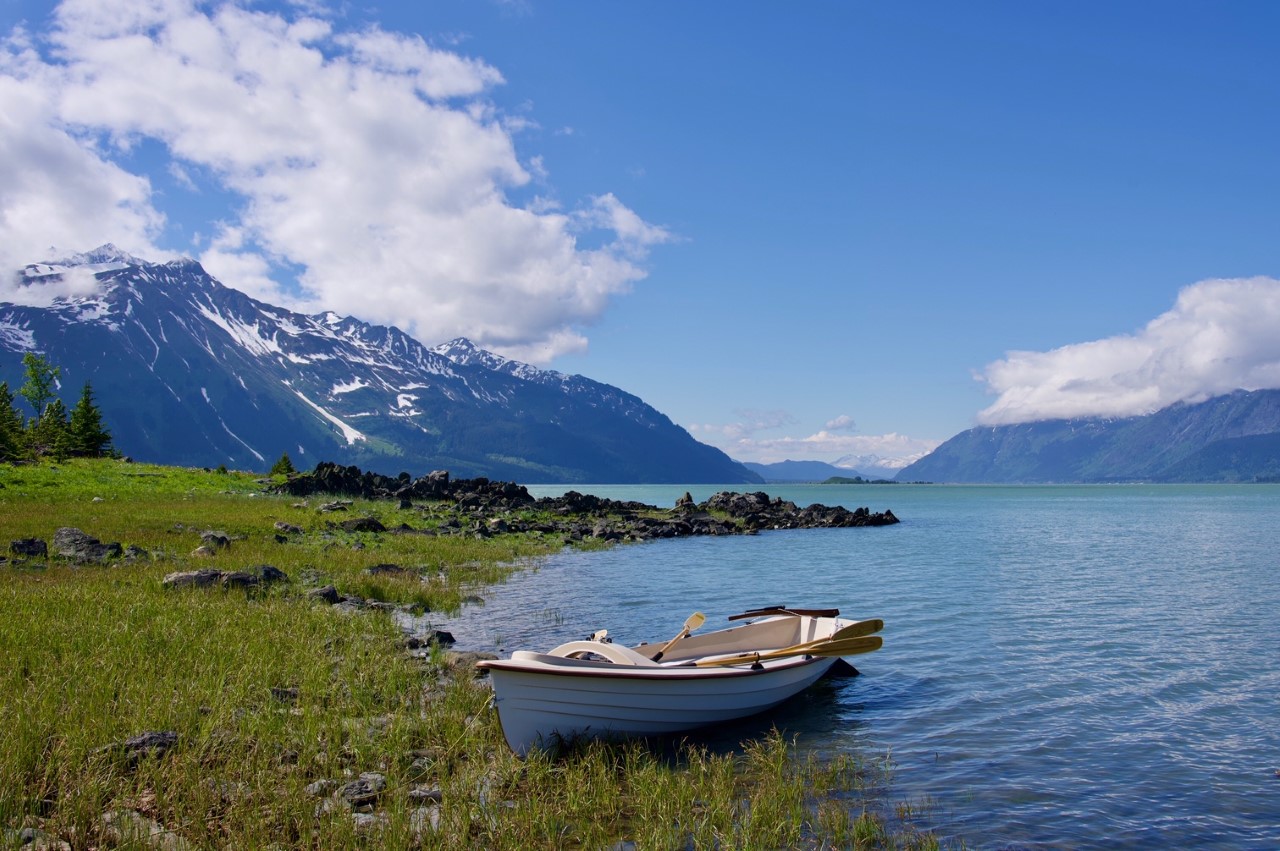
Learn more about the new 17′ Salish Voyager here!
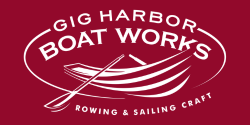
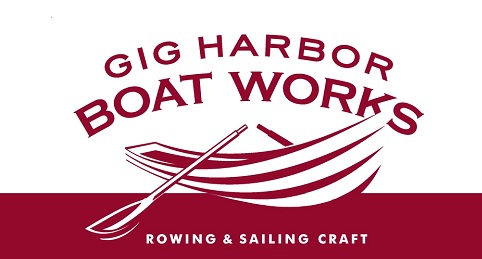
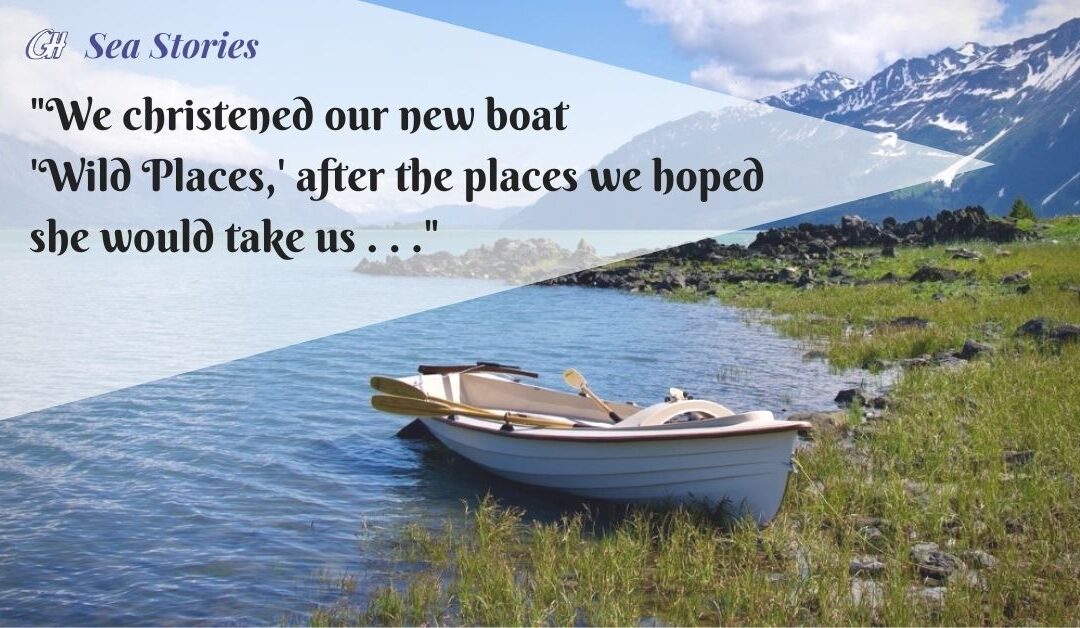
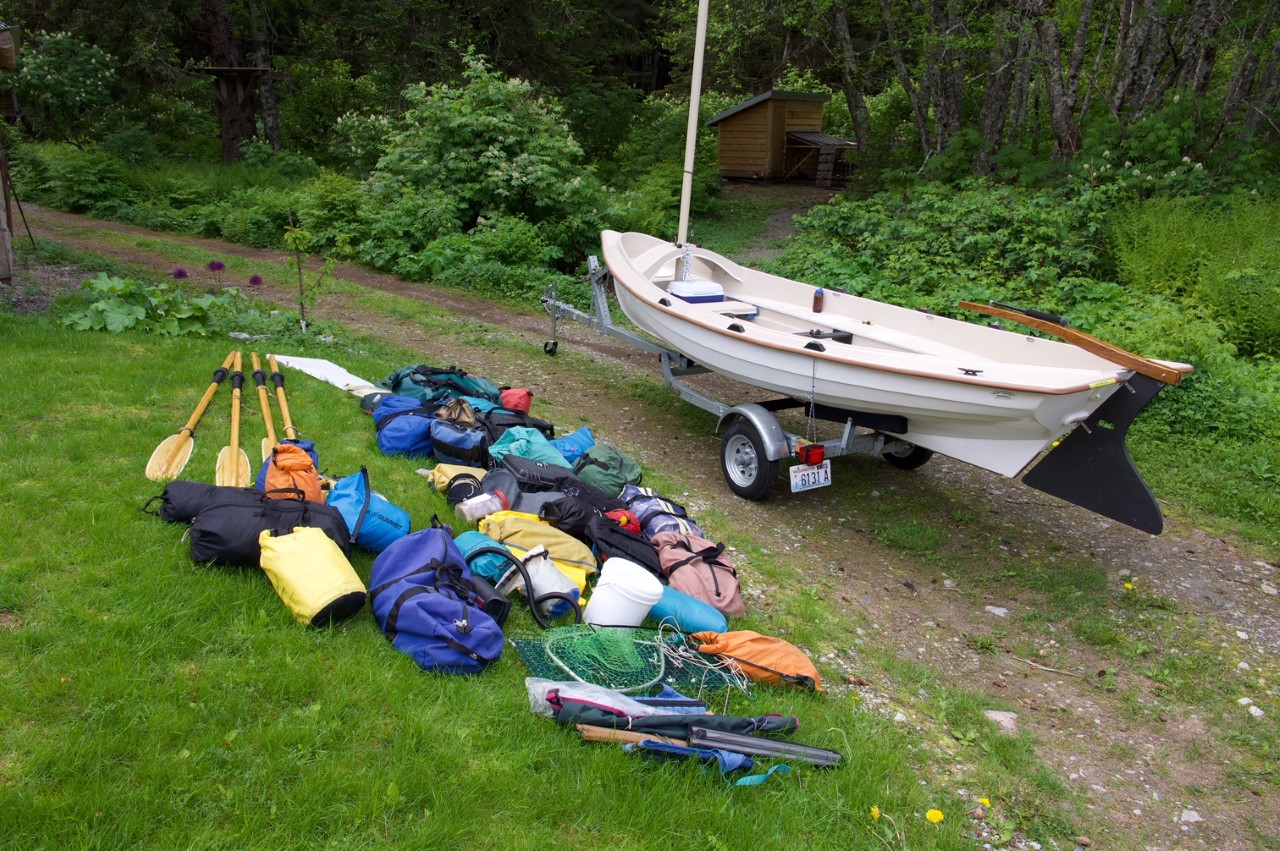
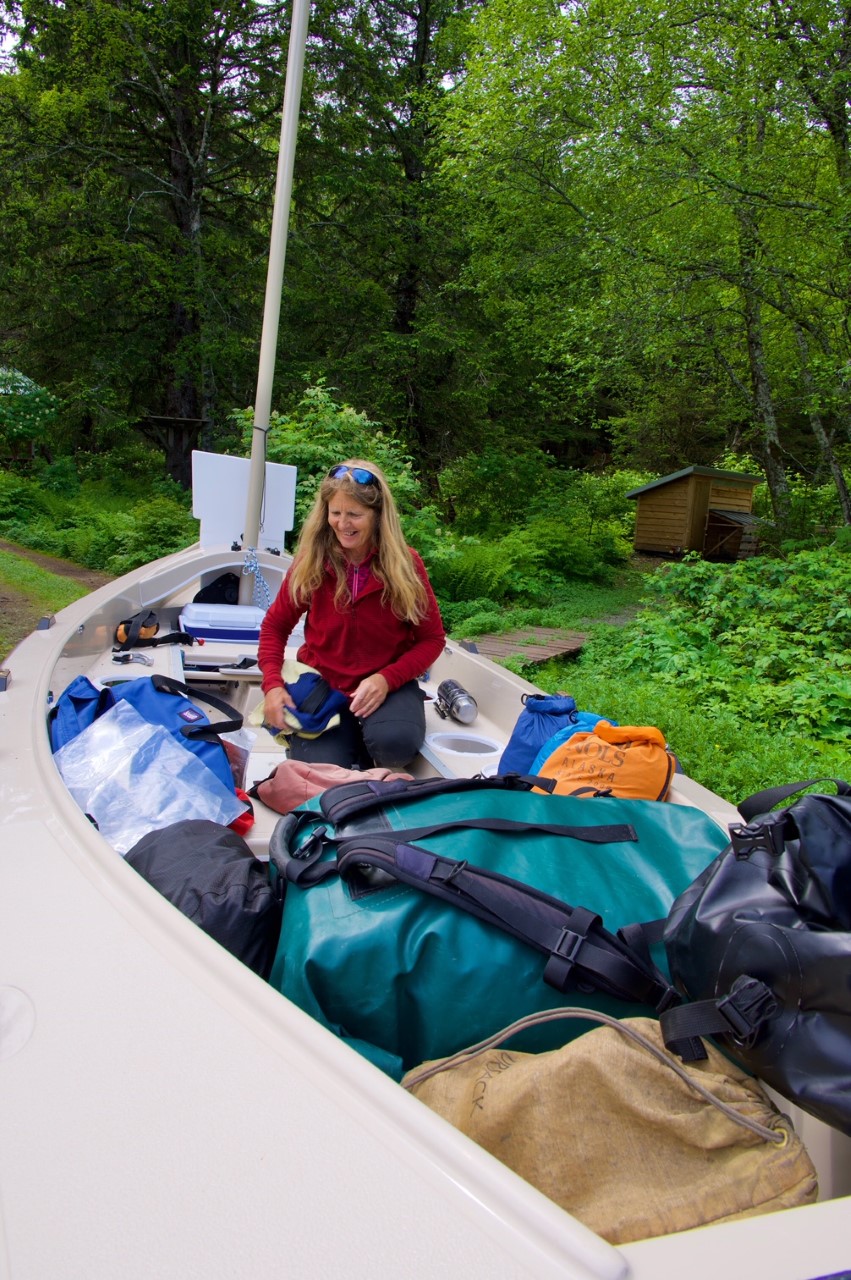
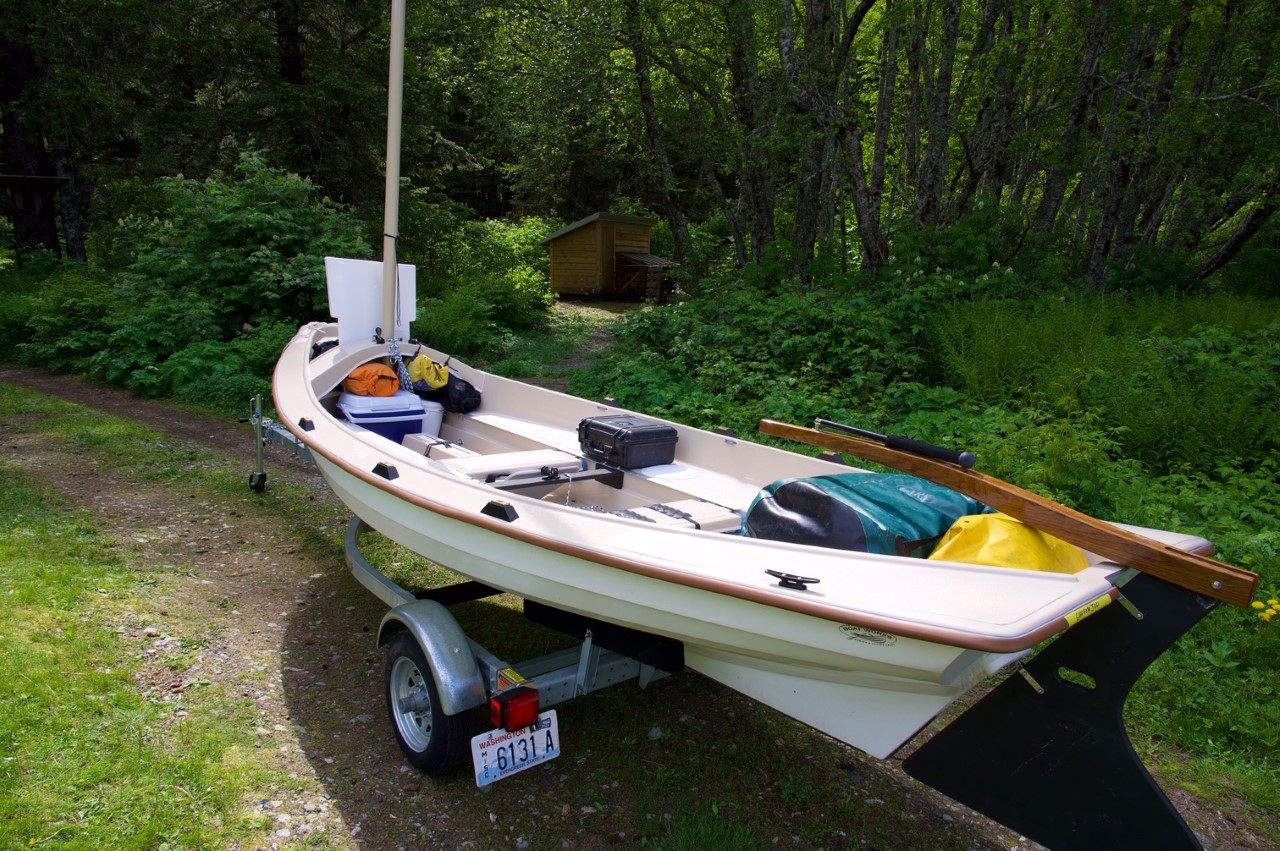
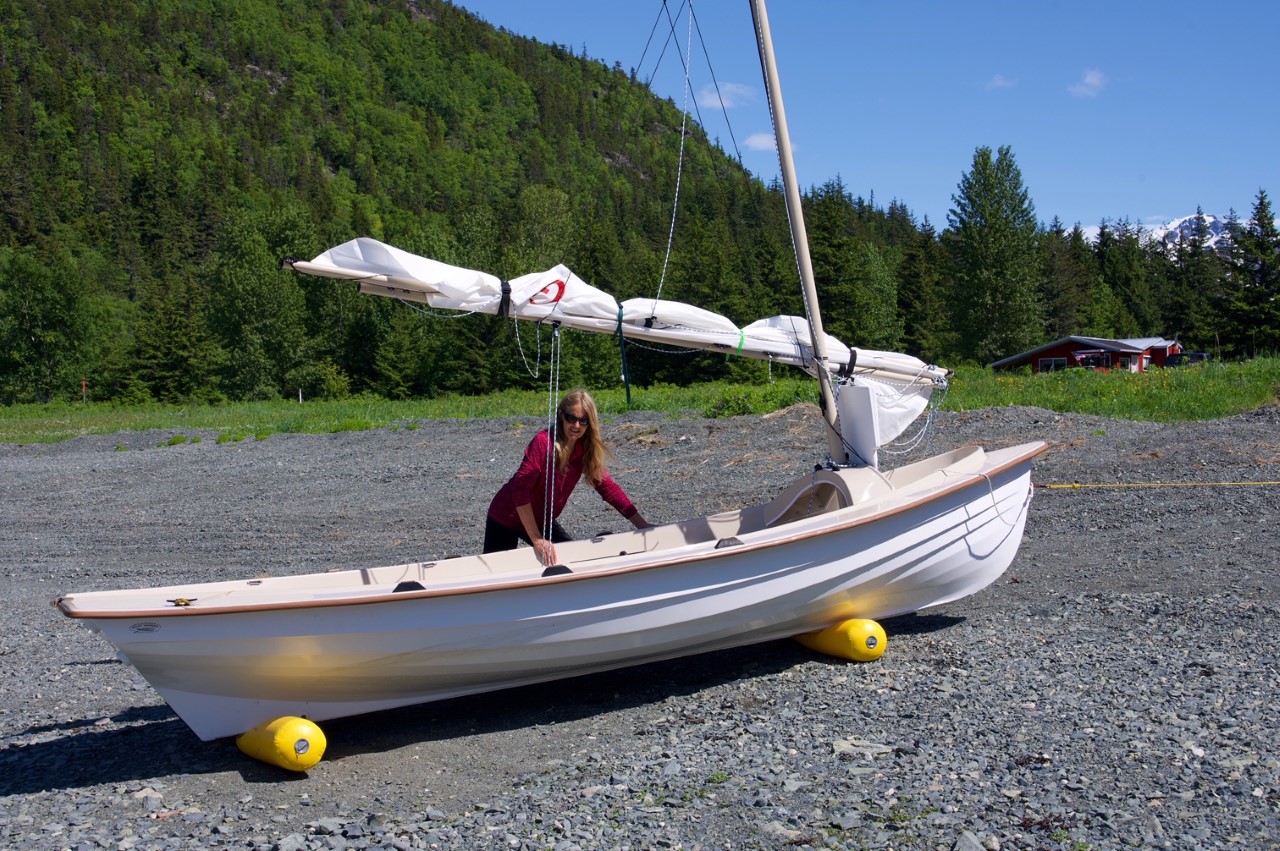






Fredrick and Nancy, Capt Mac here from Haines Alaska…. first thank you for remembering me! I am elated that you and Nancy are making progress and are doing ok. I have a lot of questions but know your internet time is probably limited so I will just say May the waters keep you in goodness, may the wind be at your back, and may mother nature protect your special vessel and until we meet again may the higher powers hold you in the palm of their hand !